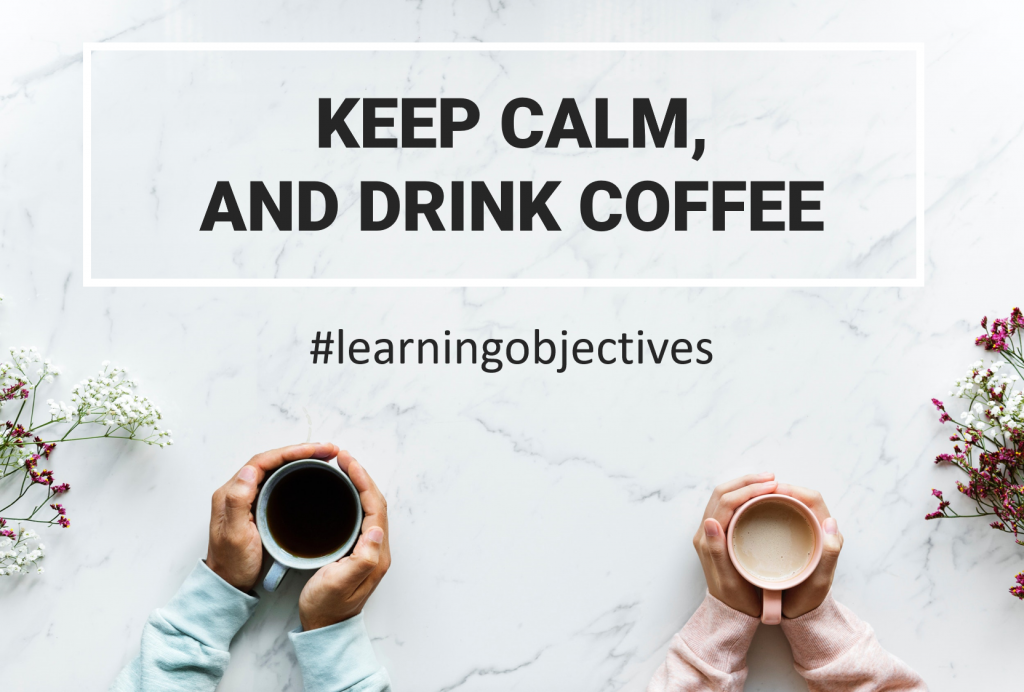Learning Objectives are just like a ladder. They bridge the gap between the learners’ existing skill sets and what’s expected of them, step-by-step. They also help define the course of the learning, strategize the dissipation of content, align the learning plan to the overall learning outcome expected from the learner.
Today we will discuss some quick tips on developing effective Learning Objectives.
But before we discuss, let’s have a hot cup of coffee (essentially anything hot; you may prefer a cuppa as well). Now, imagine gulping it all at once.
“Are you crazy!”, you must be thinking.
We drink a hot coffee slowly, sipping, knowing that it is wiser to take in small amount at a time. This is a same route a good e-learning course follows. Splitting the hot information into such small sips that they don’t, well – burn your senses.
“Understood. But what the heck is Dynamic Programming?”
Well, Dynamic Programming breaks a bigger complex problem into smaller and simpler sub-problems. The idea here is that if we can solve all the smaller and simpler sub-problems, the bigger complex problem is automatically solved.
This is what we are trying to achieve. Aren’t we?
“Erm, okay. But how do we do that?”
No matter how complex a topic is, approach should be such that the content is broken into smaller concepts. This iteration must be continued until every concept can be easily understood.
Once this is done, you’ve got the basic learning path.
As a next step, build a flow between all these smaller modules of concepts and link them so that the learning becomes seamless.
Simply put, creating learning objectives is just a 5 step process:
- Break the whole complex concept into chunks of smaller learning modules that can be logically segregated. This will help you ideate one module at a time
- Now take one smaller learning module and repeat step 1, until every concept is simple and understandable. This will start creating the overall picture of the eLearning course
- Repeat step 2 for the remaining modules. You now have the complete model of the elearning course.
- Create a structure to incorporate the content in a definite flow. This will iron out any gaps in the learning experience.
- Sit back and enjoy your coffee.
Note: I am not discussing how to actually write the statements. Let’s just keep the technical tips for next posts.
This post is a re-share of my original post on Hornbill FX.
